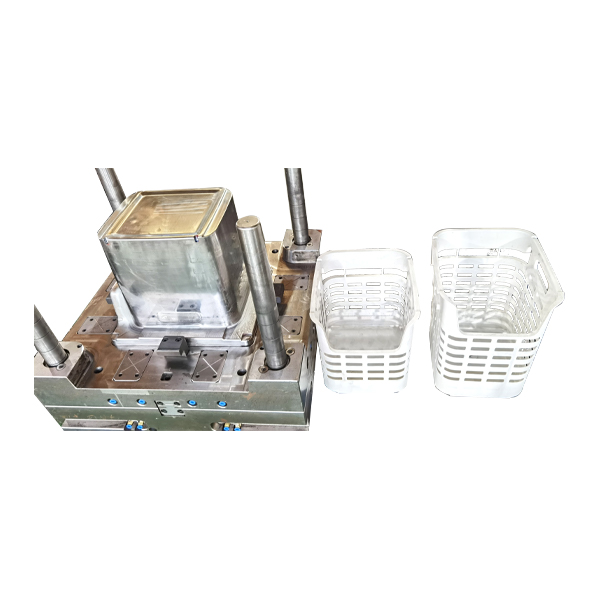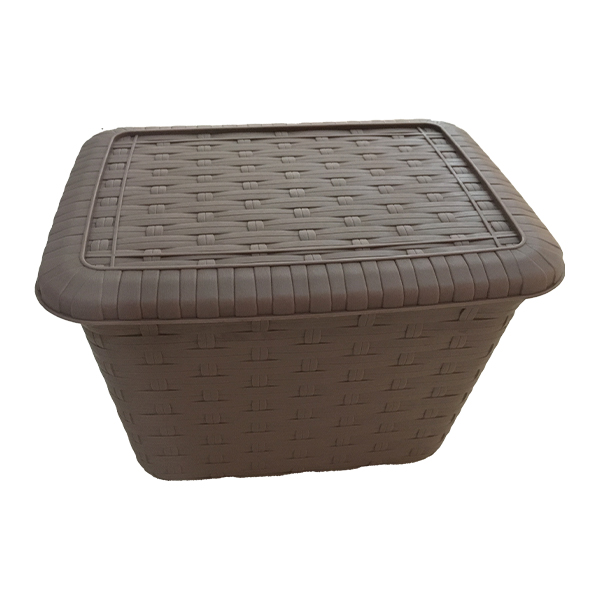The global demand for high-quality household appliances has driven continuous advancements in manufacturing processes and mould production technologies. However, despite steady improvements, producing reliable Home Appliance Mould components presents several recurring challenges. These issues affect not only production timelines but also the quality and durability of the final products. Understanding these challenges and identifying practical solutions is crucial for manufacturers aiming to maintain efficiency and consistency in the competitive appliance market.
One of the many common issues in Home Appliance Mould production is dimensional accuracy. Since many appliances require precision-fitted plastic and metal parts, any slight deviation in mould dimensions can result in assembly problems and product malfunctions. To address this, manufacturers should implement comprehensive measurement protocols throughout the Home Appliance Mould development process. The use of advanced coordinate measuring machines (CMM) and consistent tolerance checks helps ensure that all mould components meet exact specifications.
Material selection is another area that frequently impacts Home Appliance Mould performance. Different appliance parts may require varied materials, such as ABS, PP, or stainless steel, each with unique flow characteristics and cooling behaviours during the moulding process. Selecting unsuitable materials can result in deformation, surface defects, or shortened mould lifespan. To mitigate this, mould designers must carefully evaluate the properties of each material in relation to the intended application. Collaborating with material suppliers and conducting sample tests are effective ways to optimise material choices for specific Home Appliance Mould projects.
Surface finish defects also remain a persistent concern in Home Appliance Mould production. Appliances often have visible exterior parts that demand clean, uniform finishes. Common problems include sink marks, weld lines, and flow lines, which can affect both appearance and structural integrity. Mould manufacturers can solve this by refining the runner design, gate positioning, and cooling channel layouts. Proper polishing and texture application on mould surfaces also contribute to improved part aesthetics and consistency.
Another challenge frequently encountered is mould wear and maintenance. Since Home Appliance Mould production involves repetitive, high-pressure cycles, mould components such as cores, cavities, and sliders are prone to wear over time. If not addressed promptly, this can result in defective products and costly downtime. Regular maintenance schedules, combined with the use of durable steel grades like H13 or S136 for critical parts, can significantly extend the operational life of a Home Appliance Mould. Additionally, incorporating wear-resistant coatings offers added protection against corrosion and abrasion.
Injection moulding process control is equally important when dealing with Home Appliance Mould projects. Variations in injection speed, temperature, and pressure can cause part defects or inconsistencies. To manage this, manufacturers should invest in precise, programmable injection moulding machines capable of maintaining stable production parameters. Real-time monitoring systems can further enhance control by detecting deviations and automatically adjusting machine settings to maintain moulding consistency.
Tooling complexity is another factor influencing Home Appliance Mould production. Some household appliances, especially multi-function devices, require intricate part designs with undercuts, inserts, and multiple moving components. Designing and producing moulds for these parts requires careful planning to balance functionality, durability, and manufacturability. Working closely with experienced mould designers and using 3d simulation software during the design phase can help identify potential complications before tooling begins.
Supply chain coordination often affects Home Appliance Mould production schedules as well. Delays in sourcing mould bases, standard parts, or specialised materials can disrupt delivery timelines. Manufacturers should maintain reliable supplier relationships and establish inventory strategies to reduce production interruptions. Collaborative project planning and regular communication between mould makers, material suppliers, and appliance manufacturers can improve scheduling and resource allocation.
Environmental concerns are gradually influencing Home Appliance Mould production practices too. With many appliance brands aiming to meet sustainability targets, mould manufacturers are now expected to reduce waste and improve energy efficiency. Adopting recyclable materials, optimising mould designs for lightweight parts, and integrating energy-saving equipment into the production line are ways to address these requirements while maintaining quality.

 English
English Español
Español
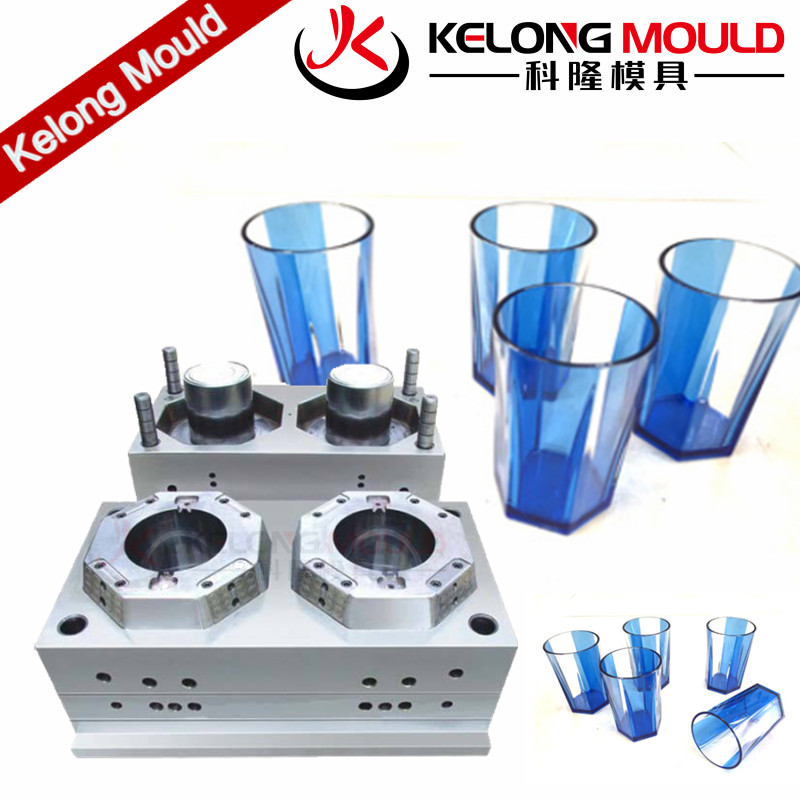
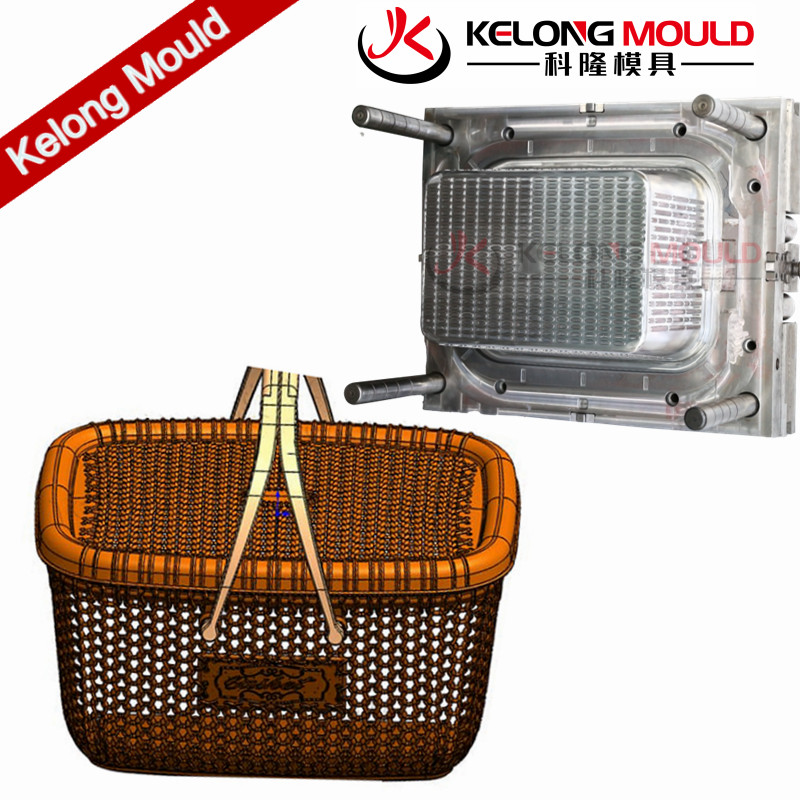
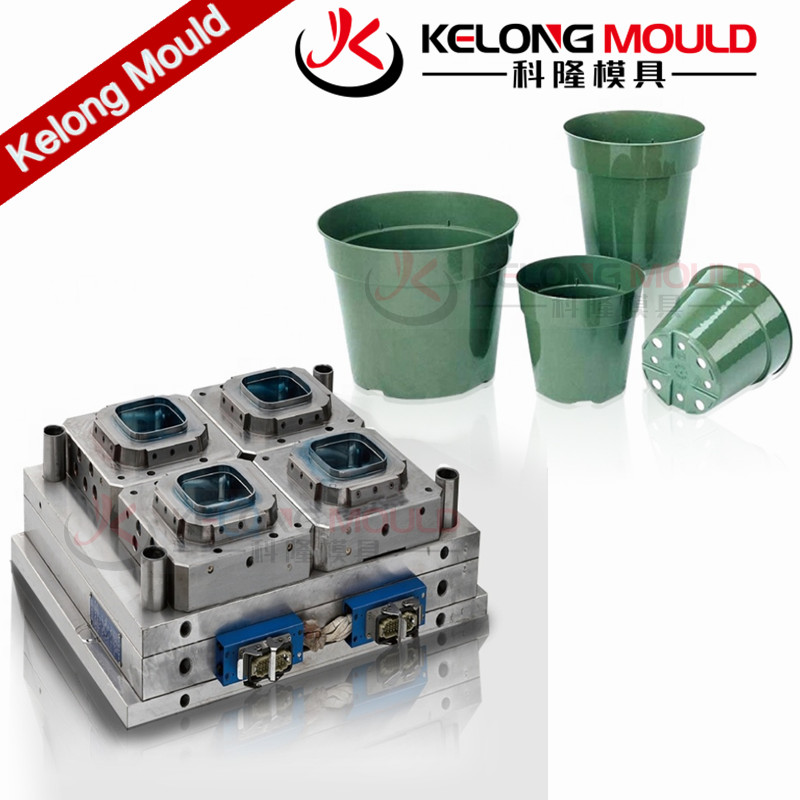
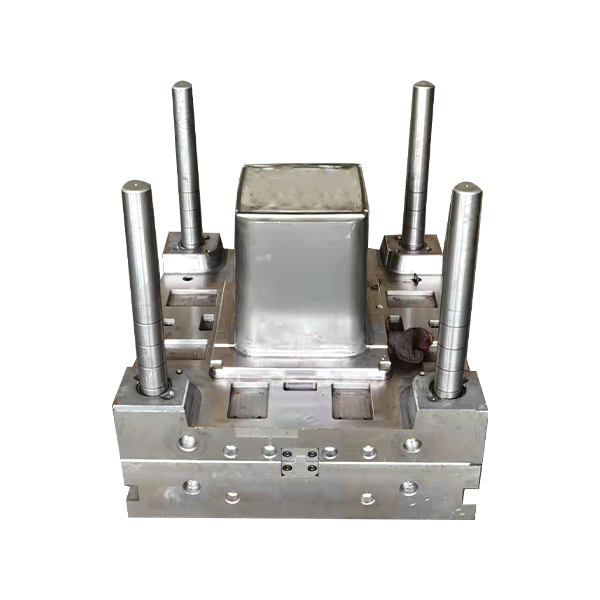
.jpg)
.jpg)
